Overview
Hemorrhoids, also known as piles, are swollen veins in the lower rectum or anus. They can be internal, located inside the rectum, or external, located under the skin around the anus.
Internal HemorrhoidsExternal Hemorrhoids
Causes
Straining During Bowel MovementsChronic Constipation or DiarrheaPregnancyObesitySitting or Standing for Long PeriodsGenetics
Symptoms
Symptoms of Internal Hemorrhoids:
BleedingProlapseDiscomfortMucous Discharge
Symptoms of External Hemorrhoids:
PainItching and IrritationSwellingBleeding
Treatment: Modern Medicine
Topical TreatmentsRubber Band LigationSclerotherapyInfrared Coagulation (IRC) or ElectrotherapyHemorrhoidectomyHemorrhoid Stapling: Hemorrhoid Artery LigationHemorrhoidal Creams and Ointments.
Treatment: Traditional Medicine
Warm Sitz BathsTopical TreatmentsStool SoftenersCold PacksHerbal RemediesApple Cider Vinegar
Caution
Limited EffectivenessAllergic ReactionsSide EffectsHygiene Concerns
Prevention
Dietary and Lifestyle Changes:
High-Fiber DietStay HydratedRegular ExerciseAvoid StrainingGood Bathroom Habits
Toilet Habits:
Don't Strain: Don't Linger
Personal Hygiene:
Gentle CleansingAvoid Irritants
Other Tips:
Maintain a Healthy WeightDon't sit or stand for long time.
 Nalamaree Team
Nalamaree Team


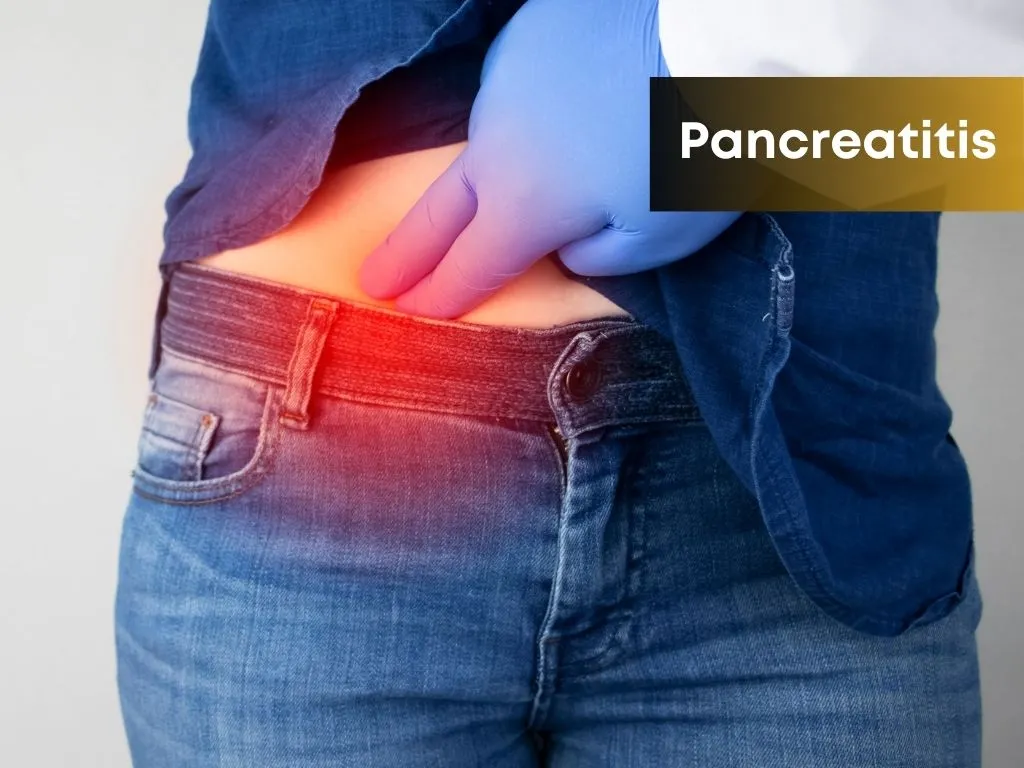
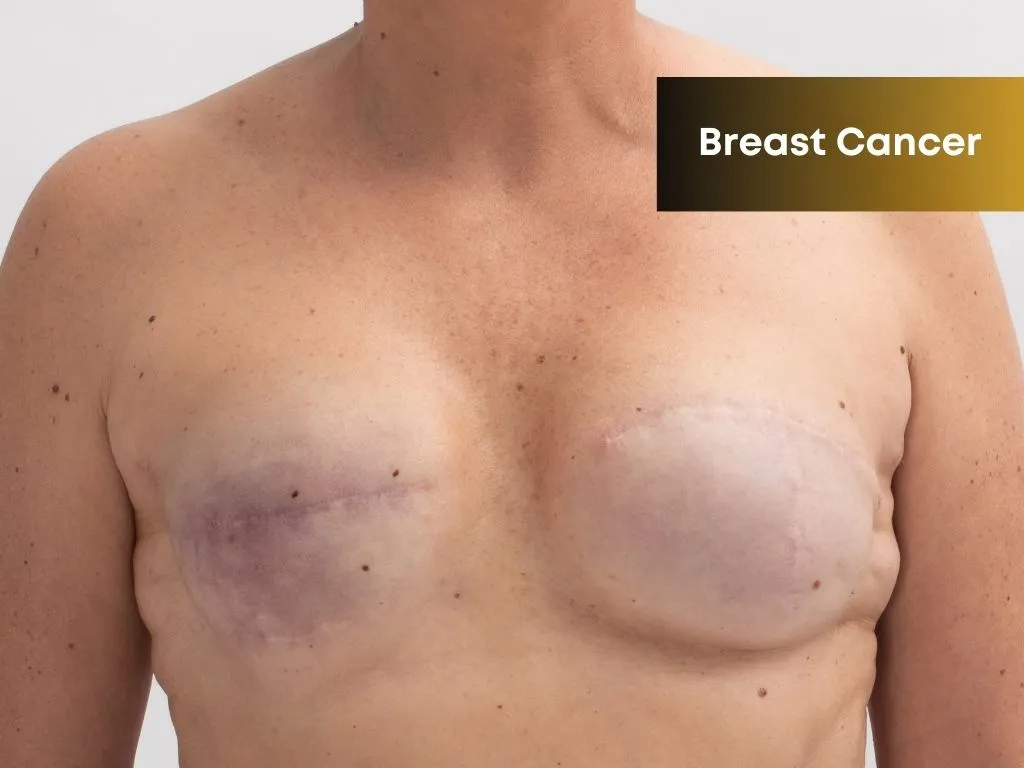
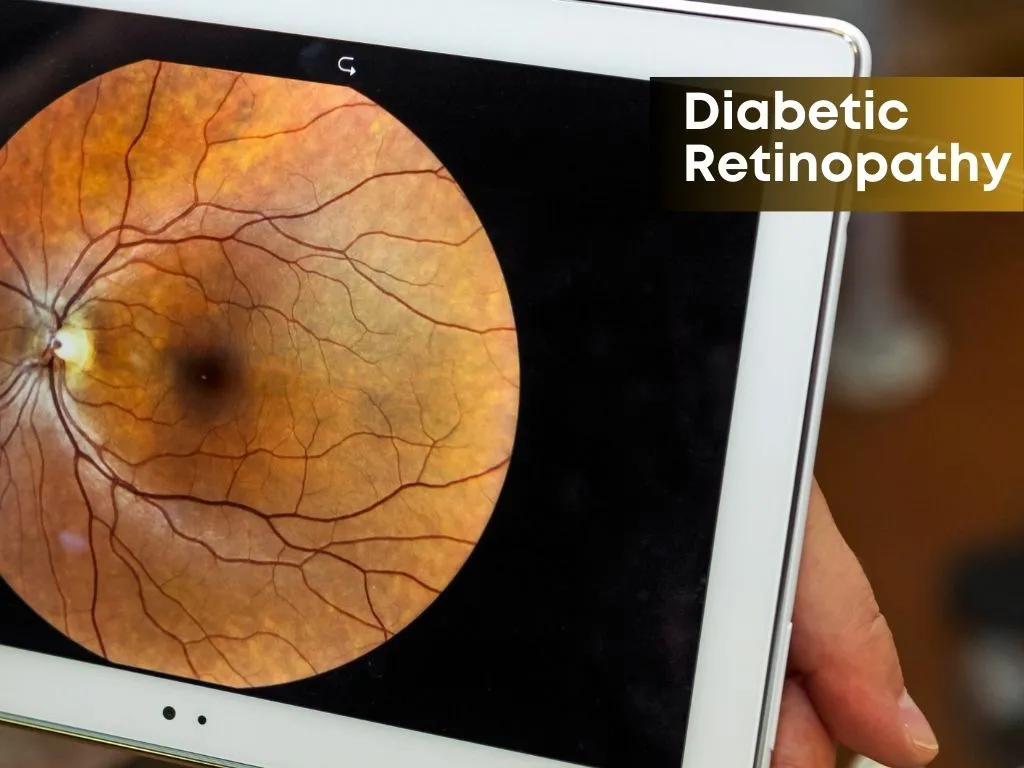
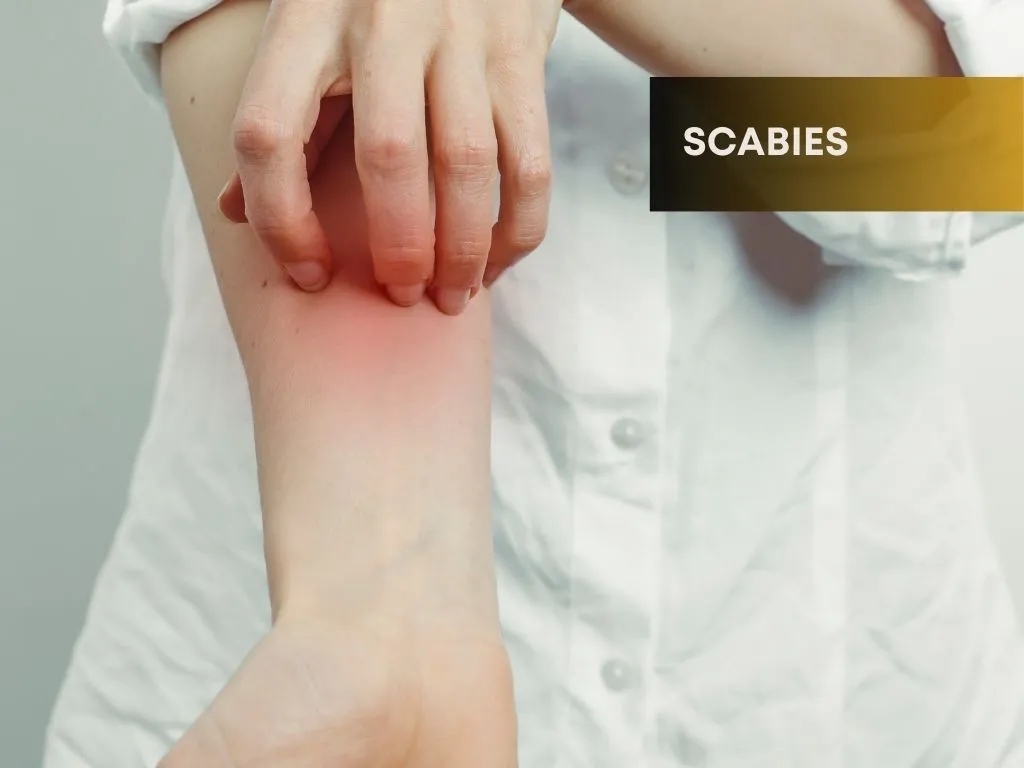

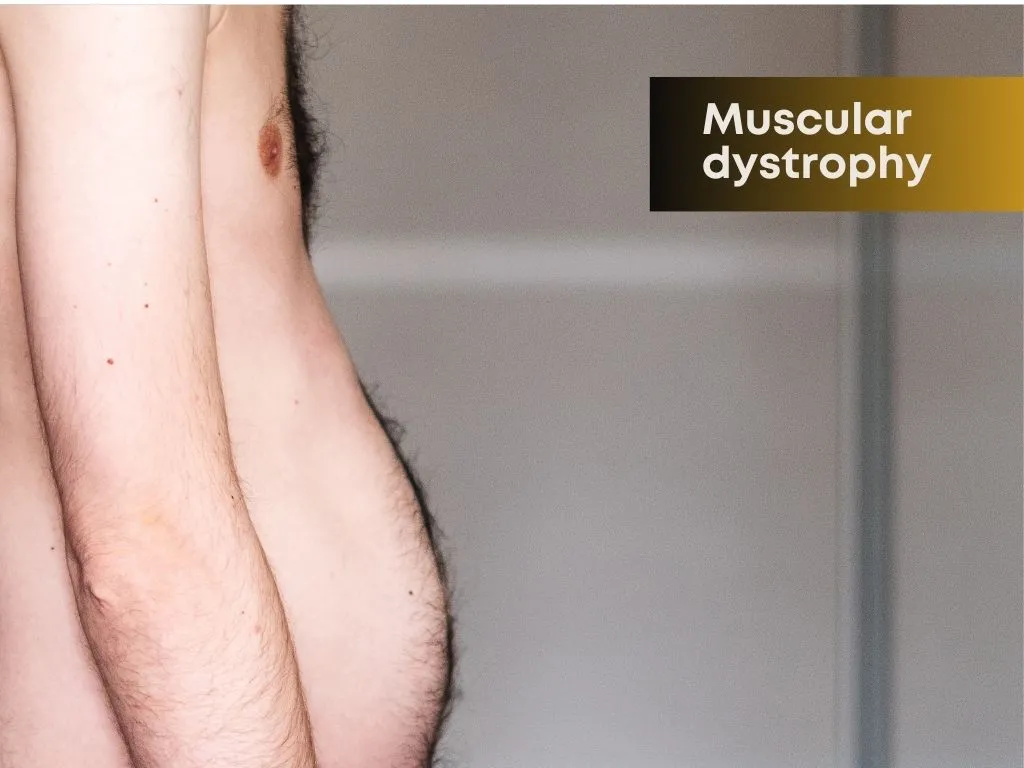
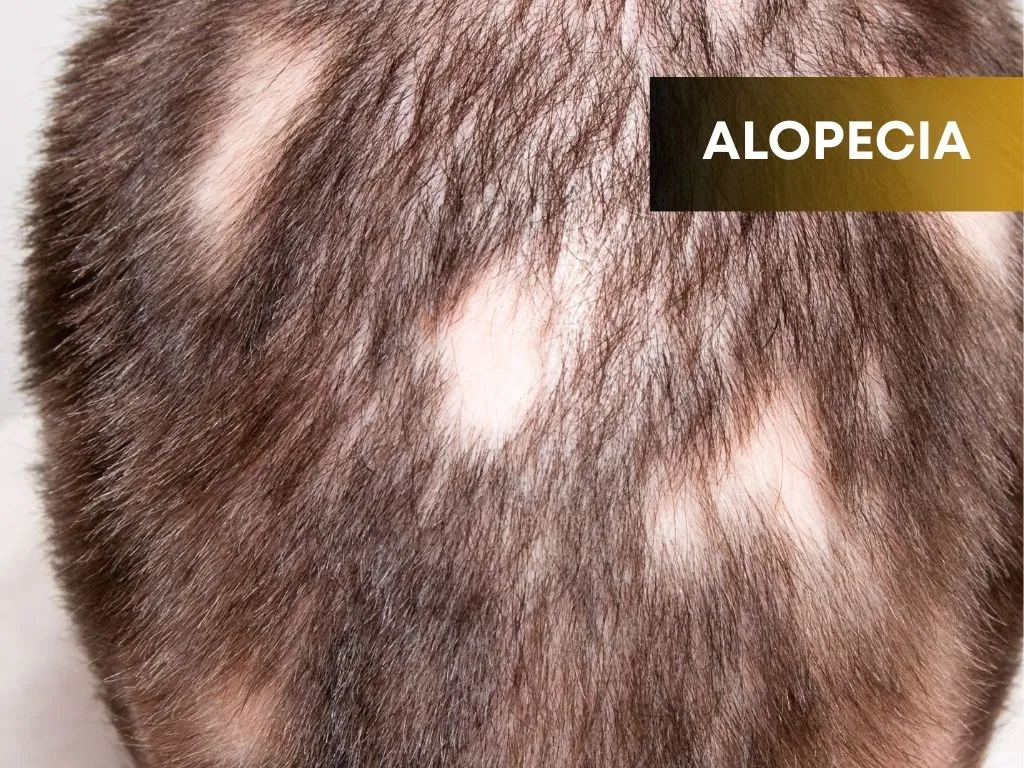

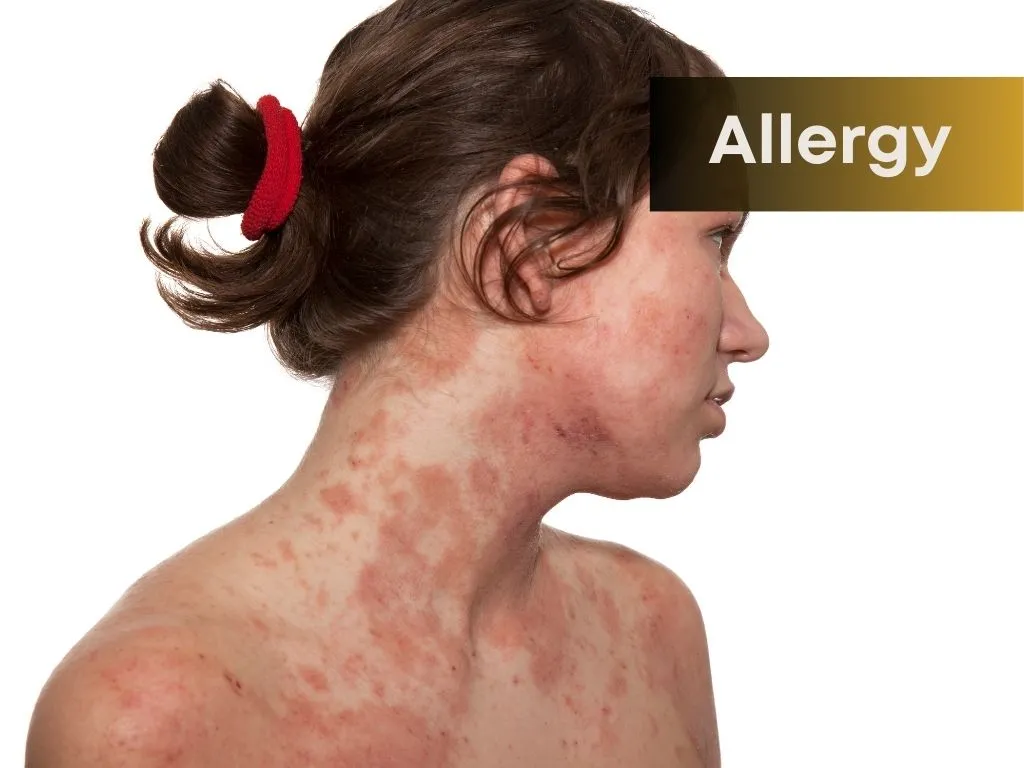

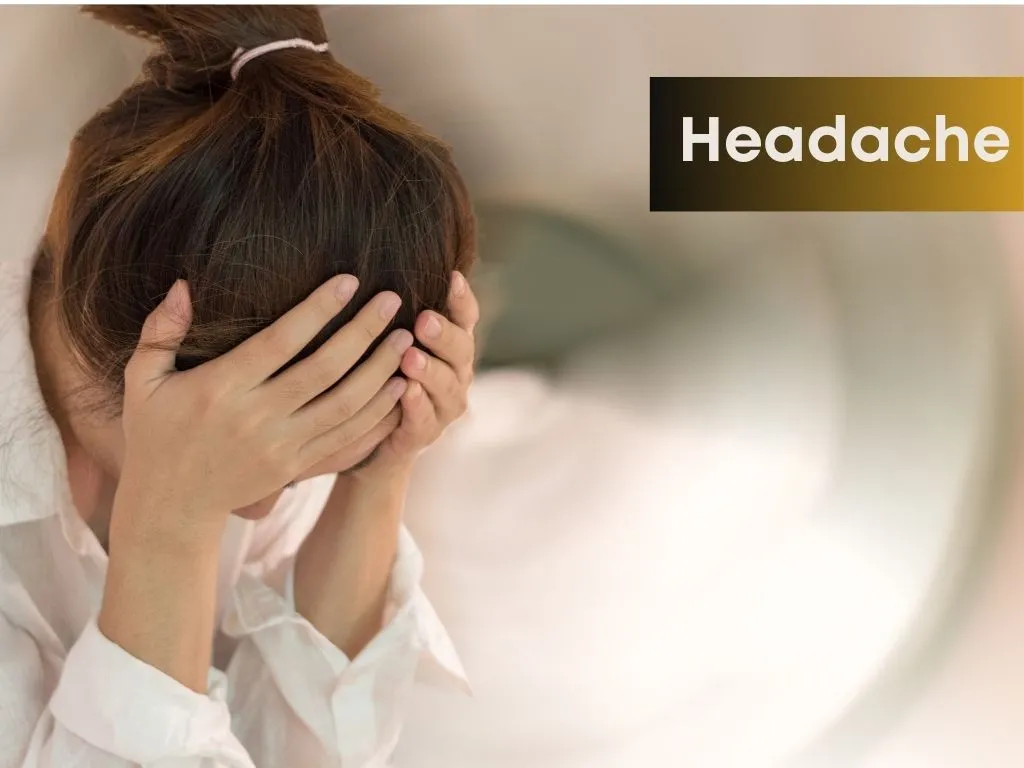
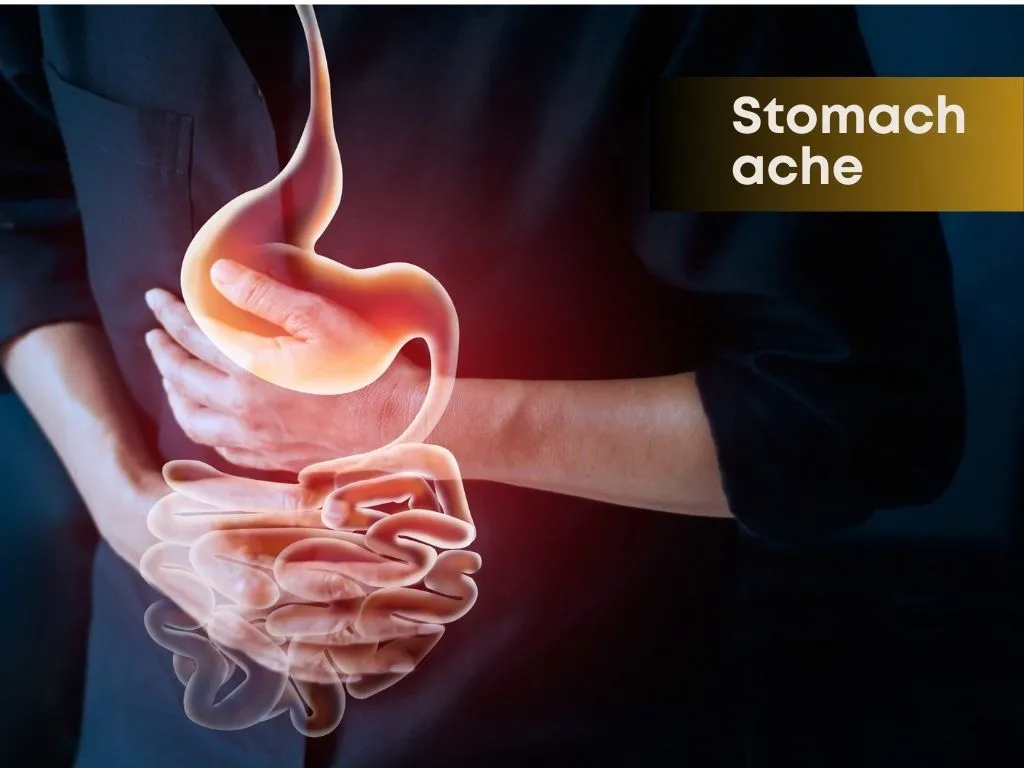
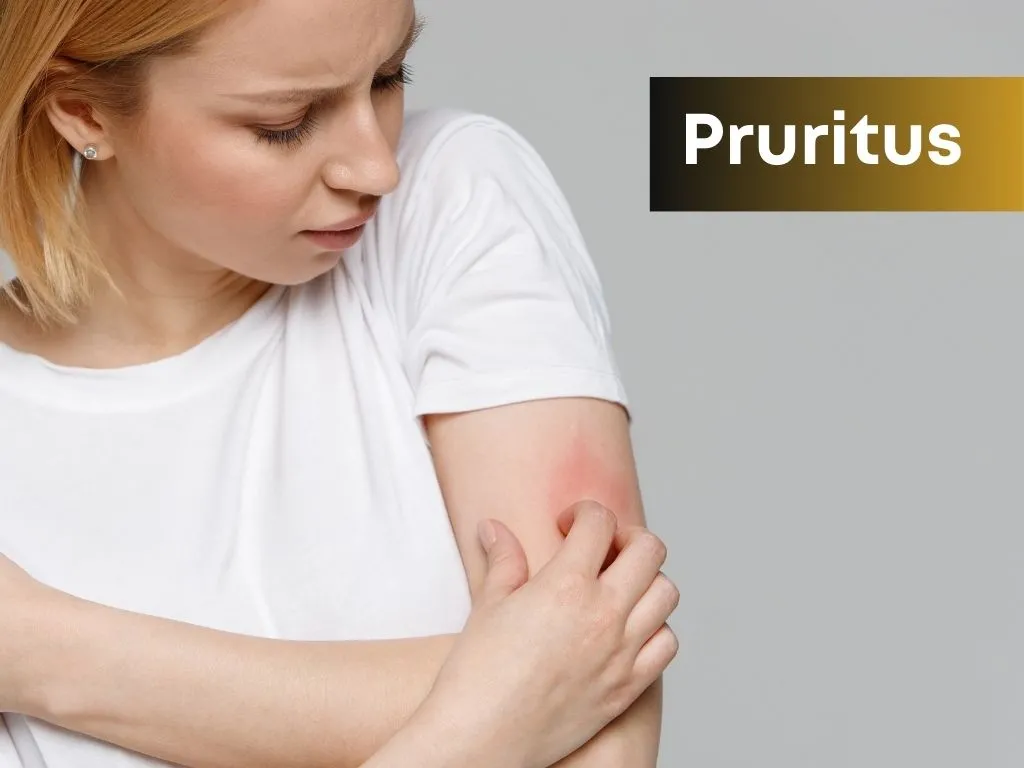
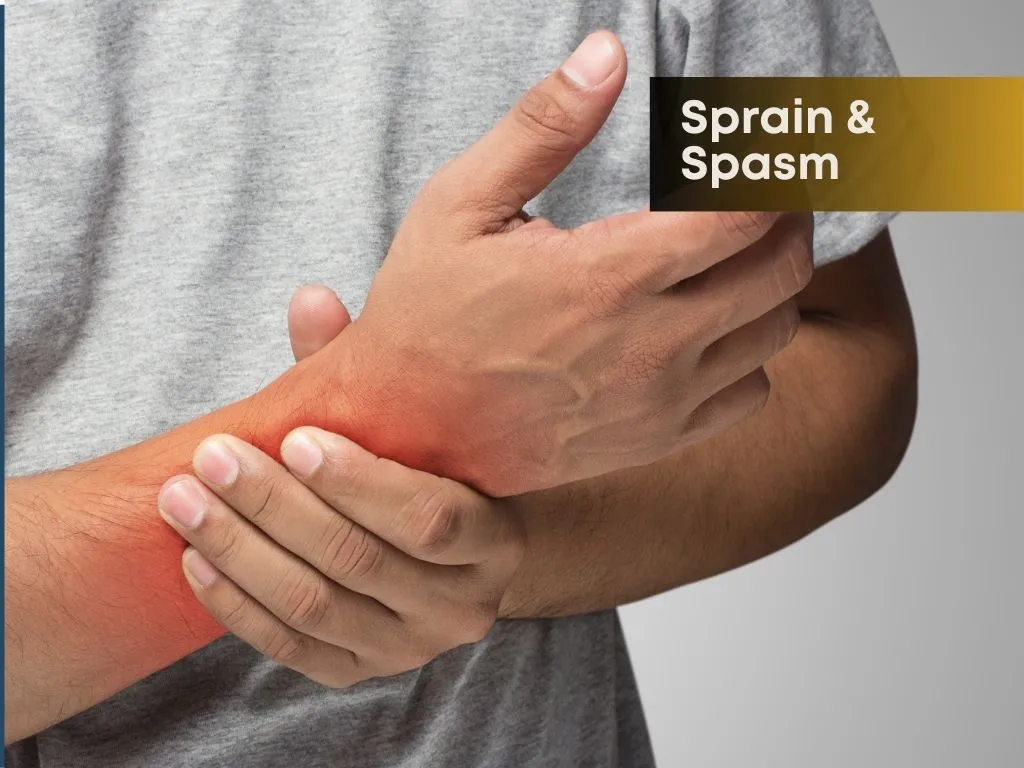

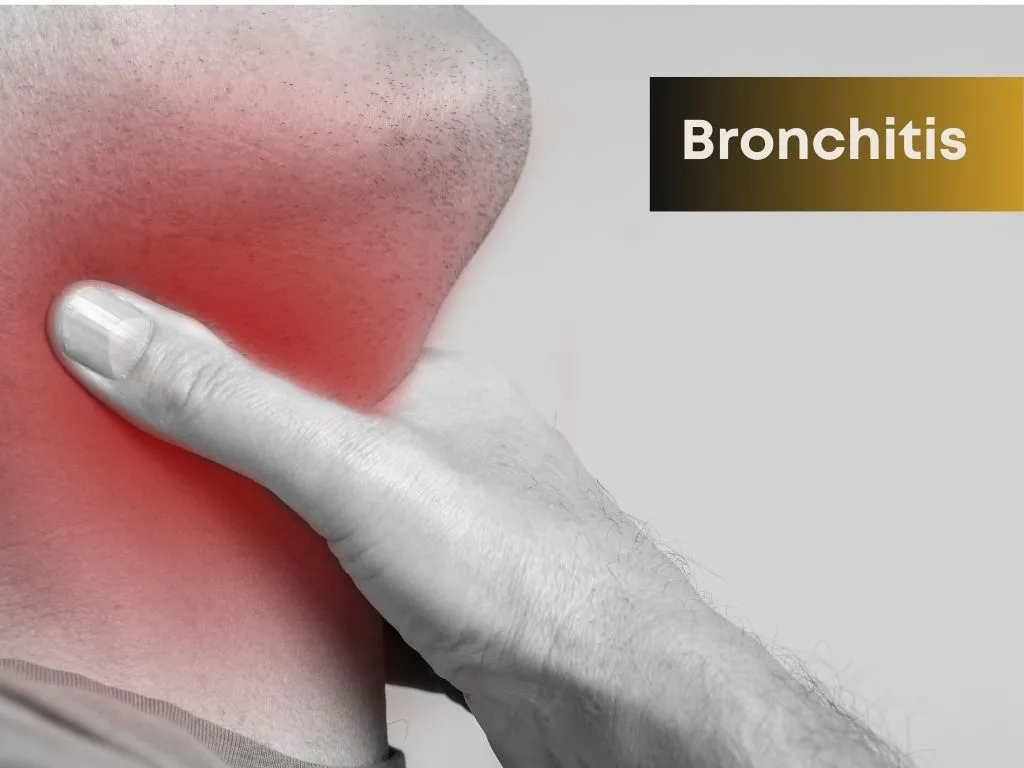
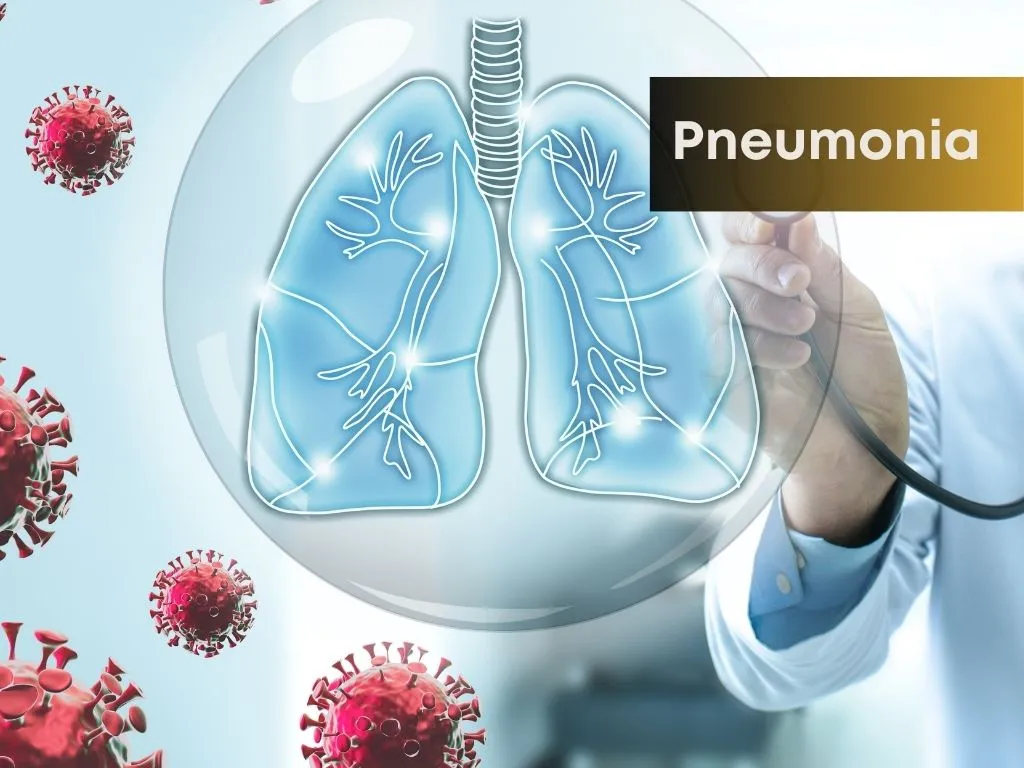
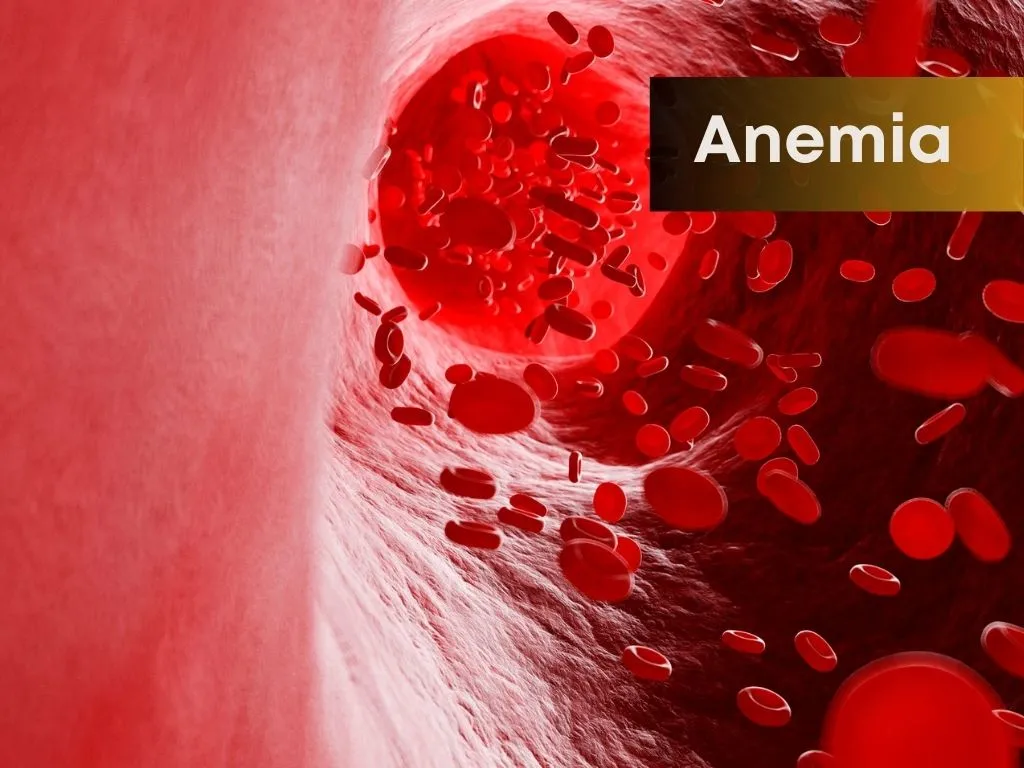
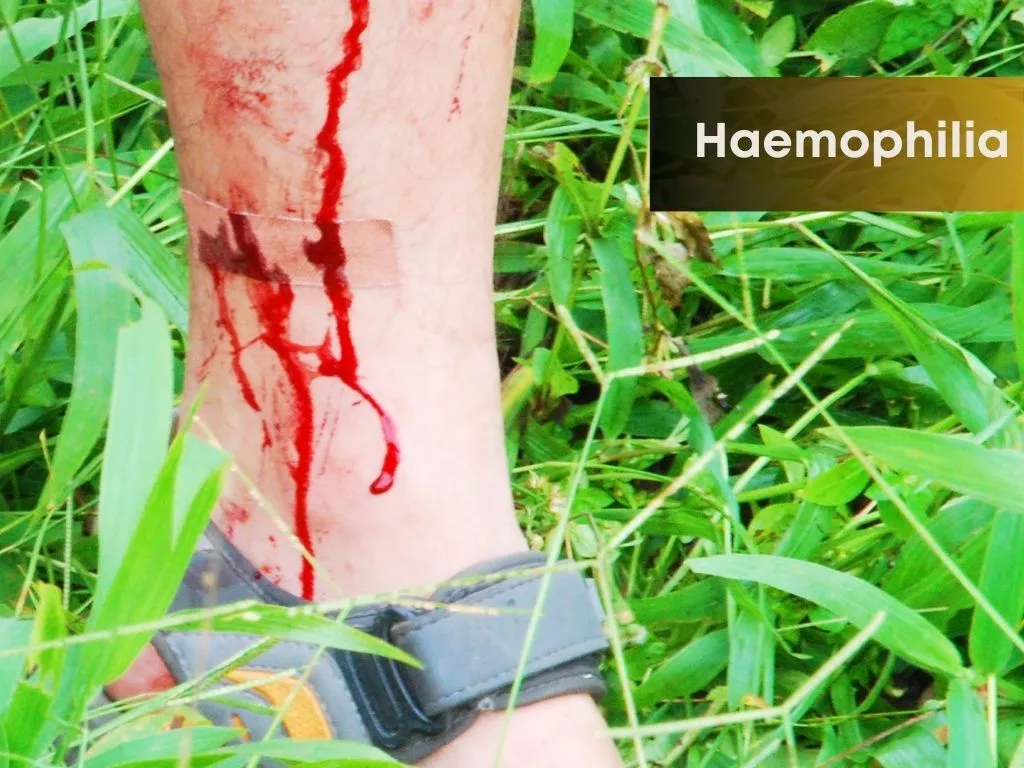
.jpg.webp)
